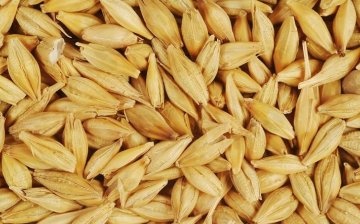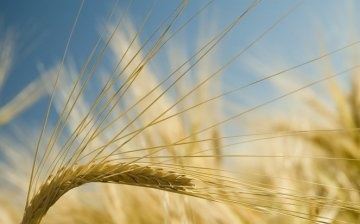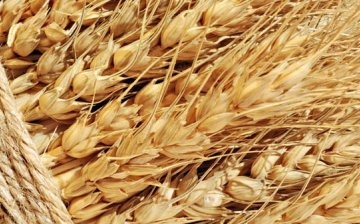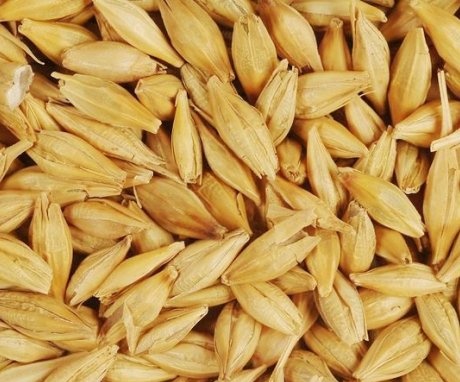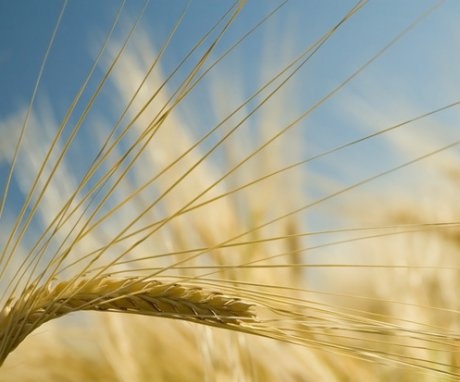Spring barley seeds: selection, planting and care
Spring barley is a valuable fodder and food crop; it is grown on vast areas in many Russian regions. It is used for the production of pearl barley and barley; grains are characterized by a high content of protein and valuable fiber. Compliance with technology cultivation allows you to get the maximum yield.
Content:
Selection of barley seeds for planting
Spring barley seeds are selected for sowing in accordance with local climatic conditions: there are 78 regionalized varieties, each of which is adapted to growing in a specific area. For sowing, two-row barley is most often used: it creates less difficulties for mechanized harvesting.
The most common varieties of spring barley:
- Donetsk 4 belongs to the mid-season varieties, suitable for growing in the middle lane and steppe zone. This variety lodges minimally, and is practically not affected by smut and rust.
- Moskovsky 121 is a variety bred specifically for cultivation in the non-black earth zone. It belongs to the mid-season, has a high yield, lodges with a large amount of grain.
- Krasnoufimsky is a variety adapted for areas with cold climates. It is a popular mid-season, high-yield variety suitable for brewing.
These are just some of the most popular varieties that you can choose for sowing. In all cases, it is advisable to choose the largest grain - it is provided with improved germination.
Sowing terms and growing conditions
Spring barley is one of the earliest crops, and even a slight delay in sowing significantly reduces yields. Sowing early allows you to get large, high quality grains, in addition, such plants will be more resistant to pests.
The optimal time for sowing spring barley is May 15-25, in the southern regions sowing is carried out even earlier.
To increase yields the seeds are pretreated with an air-thermal method, in addition, they are pickled against smut and other diseases and pests.
Important sowing conditions:
- The seeding rate is calculated depending on the region. In the Non-Chernozem zone, it is 1.9-2.4 centners per hectare, in Siberia, the seeding rate is up to 2 centners per hectare. It is necessary to take into account the peculiarities of the climate and the type soil.
- Barley grows well in almost all soils. On clayey soils, seeds are planted in soil with a depth of 4 cm, and on light sandy loam soils, it is necessary to place seeds in the ground to a depth of 6 cm. Before germination, the seeds must swell, therefore it is necessary to keep the soil moist.
On heavy soils, seedling harrowing is carried out: it allows you to rid the soil of weeds, provides barley sprouts with air access to the roots and loosens the soil. If it rains and an earthen crust has formed on the field, it is necessary to destroy it with a harrow.
Barley usually ripens together. When the ears get heavy from the ripe grain, the stems quickly begin to break and droop. This leads to a large loss of grain, so it is important to carry out the harvest correctly.
Barley harvest
The main method of harvesting spring barley is direct combining; it can be carried out in open, uncontaminated areas at the moment when the grain has reached full ripeness. Its moisture content should not exceed 20-22%. If modern harvesters are used for harvesting, it can be started even with grain moisture up to 28%. For harvesting high-stemmed varieties prone to lodging, a separate method is used. For mowing, headers ZhVN-6A, ZhSK-4B and others are used, the crop is harvested when the grain is waxy, and its permissible moisture content is 35%.
The normal cutting height is 20 cm.
Separate cleaning can be carried out only in clear sunny weather. On the current, the grain must be immediately cleaned and dried; its moisture content should not exceed 14%. Particularly high demands are placed on the grain used for brewing. It must be harvested when the grain is fully ripe, while it must not be allowed to stagnate or be spoiled in any way.
For increasing yields it is necessary to comply with the requirements crop rotation... Barley grows best in areas where previously row crops such as potatoes, beet or corn... After harvesting the barley, the next year, winter crops can be planted in this place.
More information can be found in the video.




